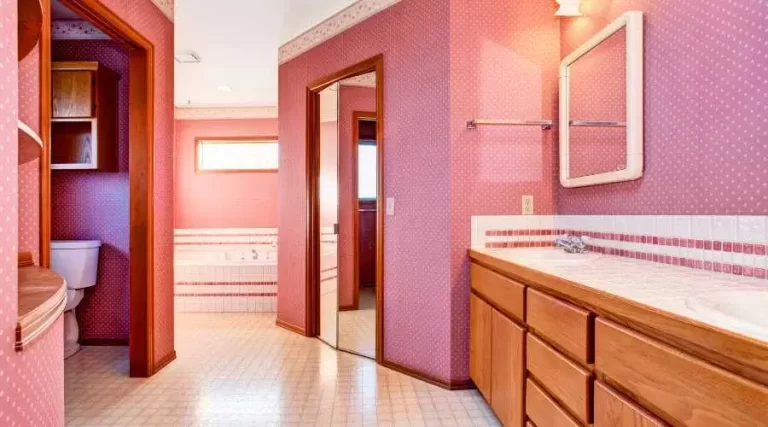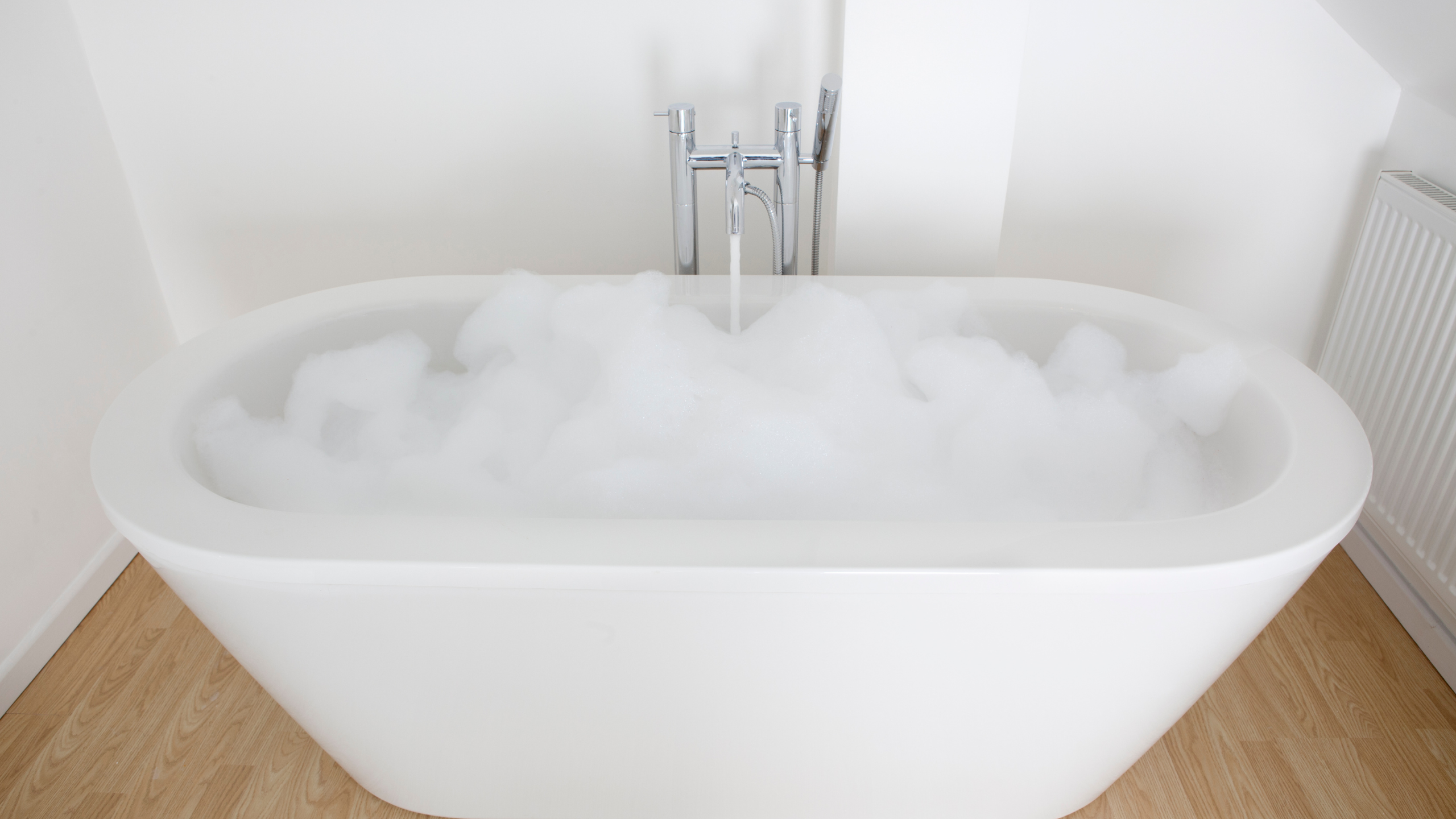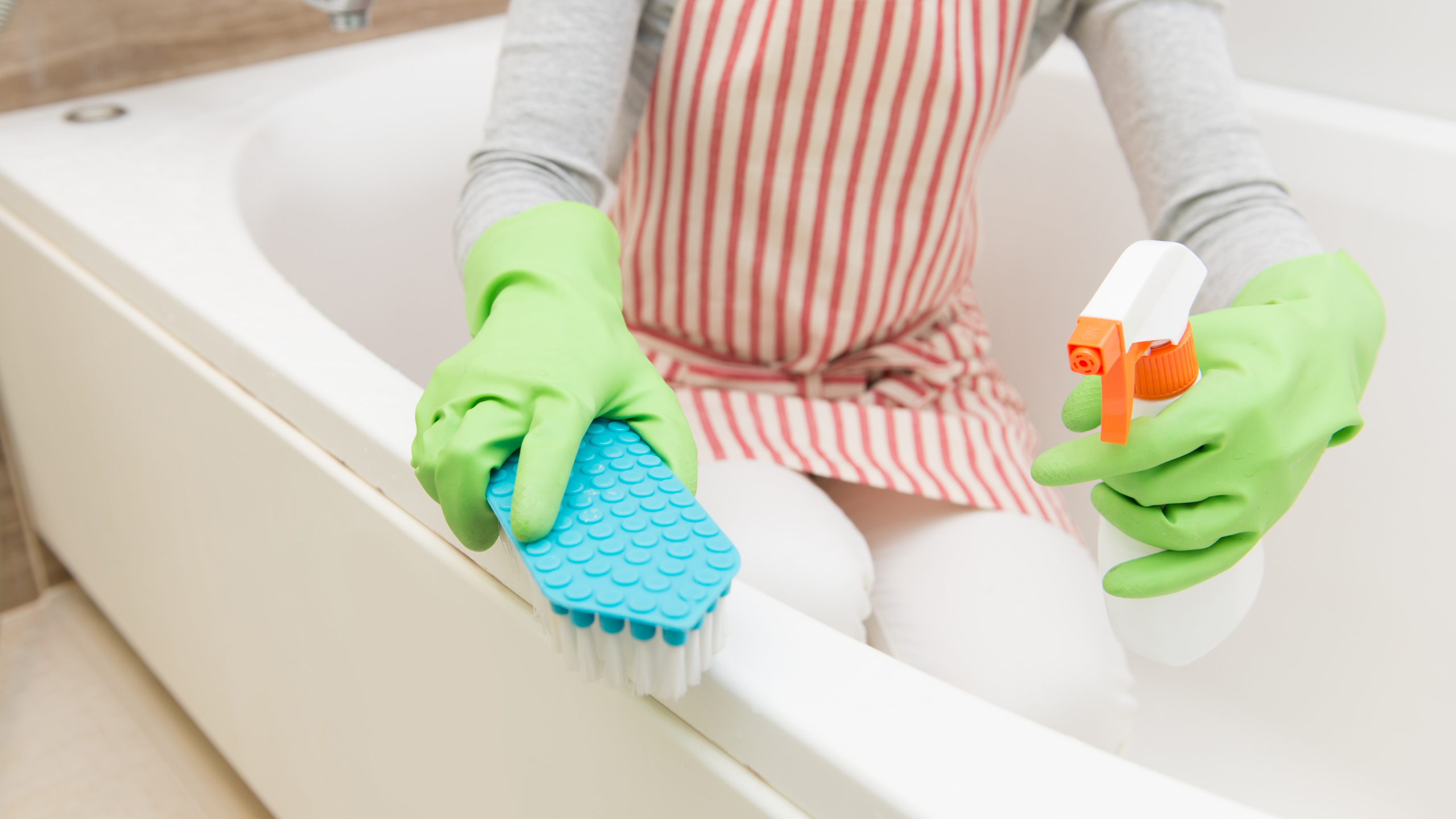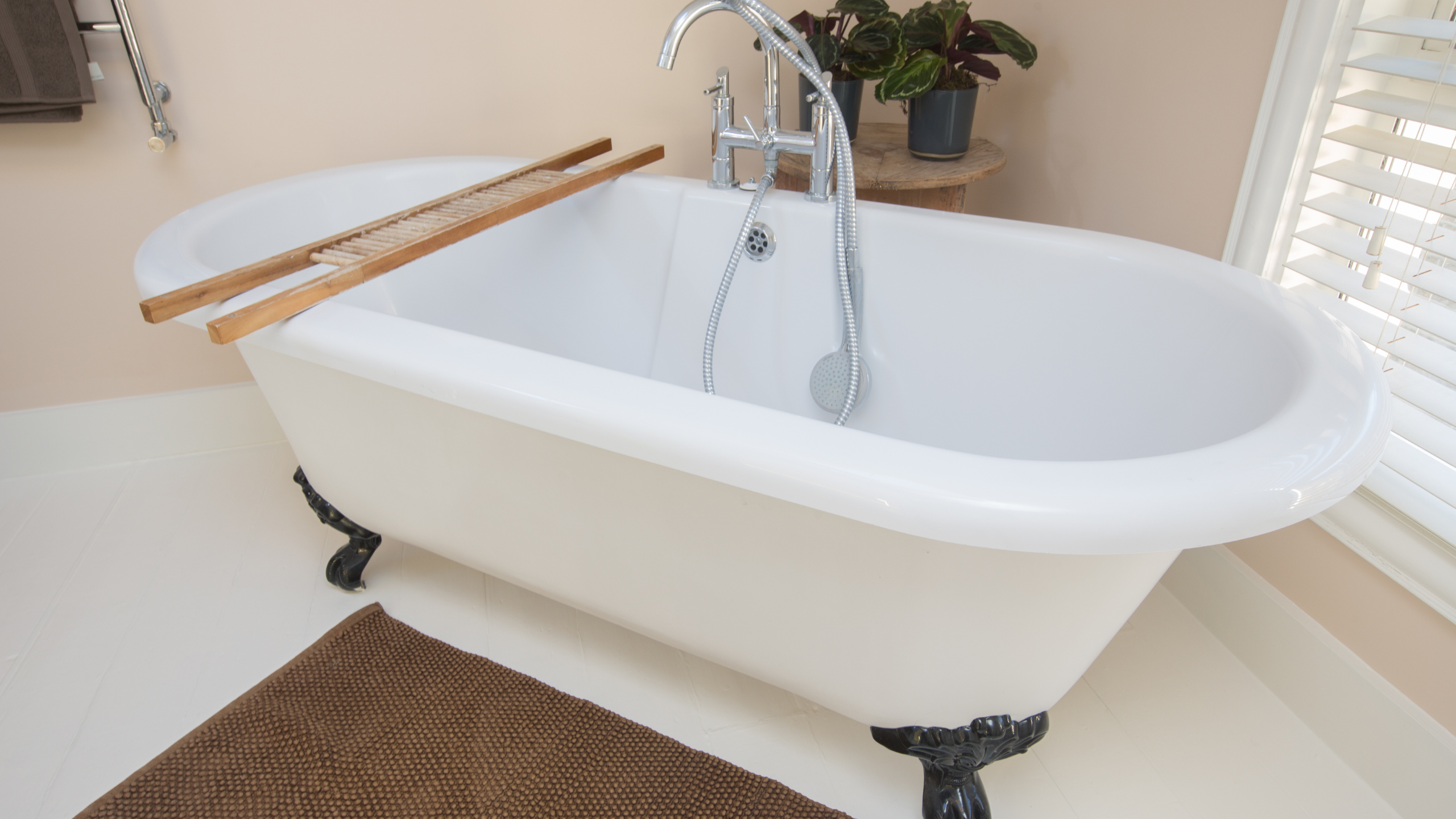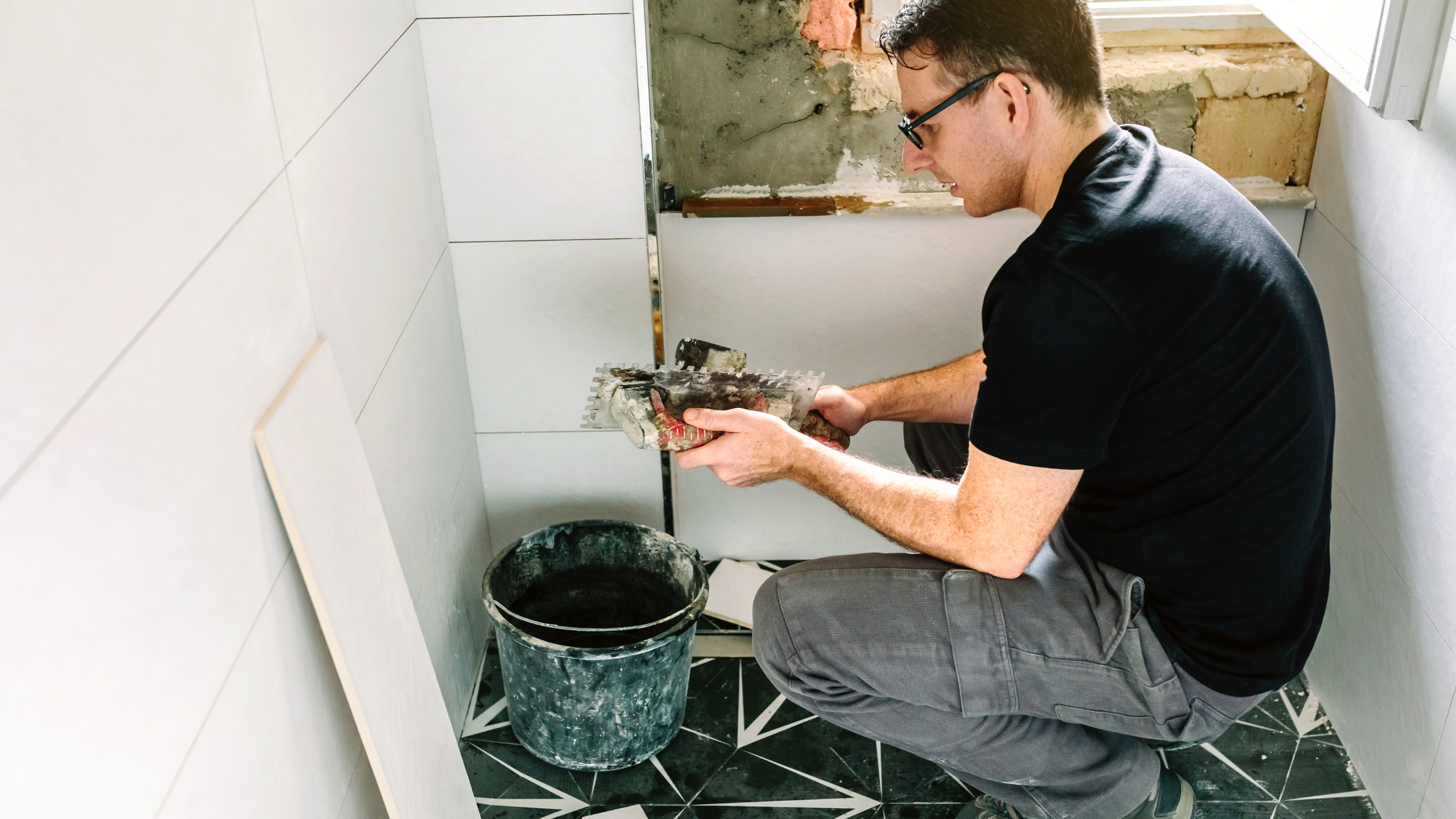Bathtub reglazing is required when the surface begins to peel:
When a bathtub’s glaze begins to flake, it may be time to reglaze. If the paint on your bathtub is peeling, you may want to consider having it reglazed. Poor reglazing of a bathtub often results in peeling patterns because the chemical link is broken. The tub’s peeling marks are actually just paint flaking off very slowly. If you have kids, you should strip and resurface your tub immediately to prevent injuries from loose resurfacing materials or, worse, paint chips being ingested.
If you discover chips in the porcelain finish of your tub:
You may want to consider having it reglazed. The sharpness of porcelain makes it easy to break off portions. Bathtub chipping is easily fixed by reglazing the surface. Avoid unsightly rust stains and surface damage by having your tub professionally reglazed.
If the luster of your bathtub has faded, it’s time to consider tub reglazing:
If your tub has lost its shine, reglazing it may be the best option. After being reglazed, your bathtub’s surface will shine like new.
When cleaning the tub becomes impossible, it’s time to consider bathtub reglazing:
If you’re having trouble keeping your tub clean, reglazing it is your best bet if you do it yourself. Let’s say you’ve always wanted to learn how to make pottery, but never had the chance. Your finished product will have a smooth, watertight coating that can be used for washing or drinking. When harsh cleansers are repeatedly used on a bathtub’s surface, it becomes necessary to have the tub reglazed. This is why unglazed porcelain can easily become contaminated with grime and soap scum. Your bathtub probably still has its original outside finish. Abrasive cleansers are never used on the exterior of a bathtub.
If the color of your bathtub has changed, it’s time to have it reglazed:
If you’re sick of looking at your faded pink, blue, green, or red tub, the best option is a professional bathtub reglazing job.
To refinish a bathtub is to restore its surface to a condition that is virtually indistinguishable from when it was first installed. It goes by a few different names: refinishing, refinishing a tub, and refinishing a shower. Restoration of damaged components is a standard part of this procedure. Bondo or another polyester putty is used to repair chips or cracks. The surface is then acid etched after the repairs have been made. The engraving helps with mechanical adhesion. Tubs made of non-porous materials like fiberglass, porcelain, or enamel will not accept a fresh coating well. Surfaces that have been etched to create a porous texture have better adherence. Another option is to use a bonding agent that promotes adhesion, such as silane, to prepare the surface before applying the coating. Both approaches can be used singly or in tandem. Combining the two produces the best adhesion. Current refinishing techniques that depend simply on silane eliminate the need for etching. The surface needs to be prepared before the primer and finish coat can be applied. Traditional bathtub coatings are a catalyzed two-component cross-link synthetic white coating, which is not as durable as the original glass-enamel coating.
Polymers, urethanes, epoxies, and hybrid coatings composed of polyester and polyurethane can all be used to create a new bathtub finish. Coatings like these can be applied with a brush, roller, or spray gun.
DIY bathtub repair supplies are available at hardware stores, however, some homeowners may prefer to hire a professional to refinish their tubs. Epoxy adhesive, which is commonly used in do-it-yourself kits, does not provide the same level of bonding and speeds up their disintegration. Brush or roller marks may appear on the finished product if professional spray equipment was not used.

